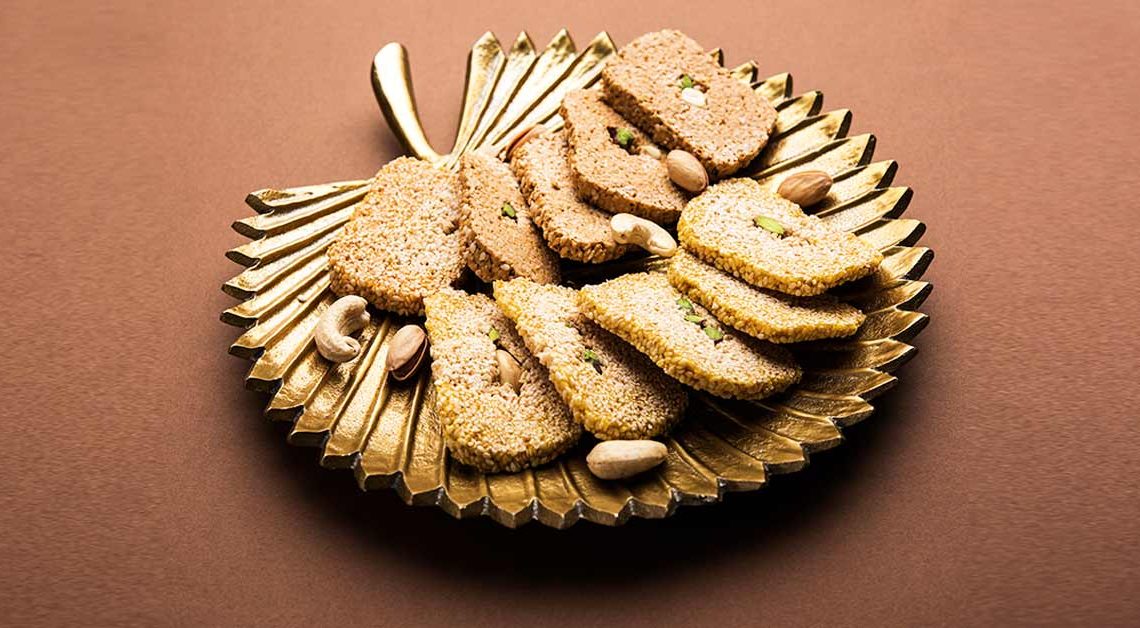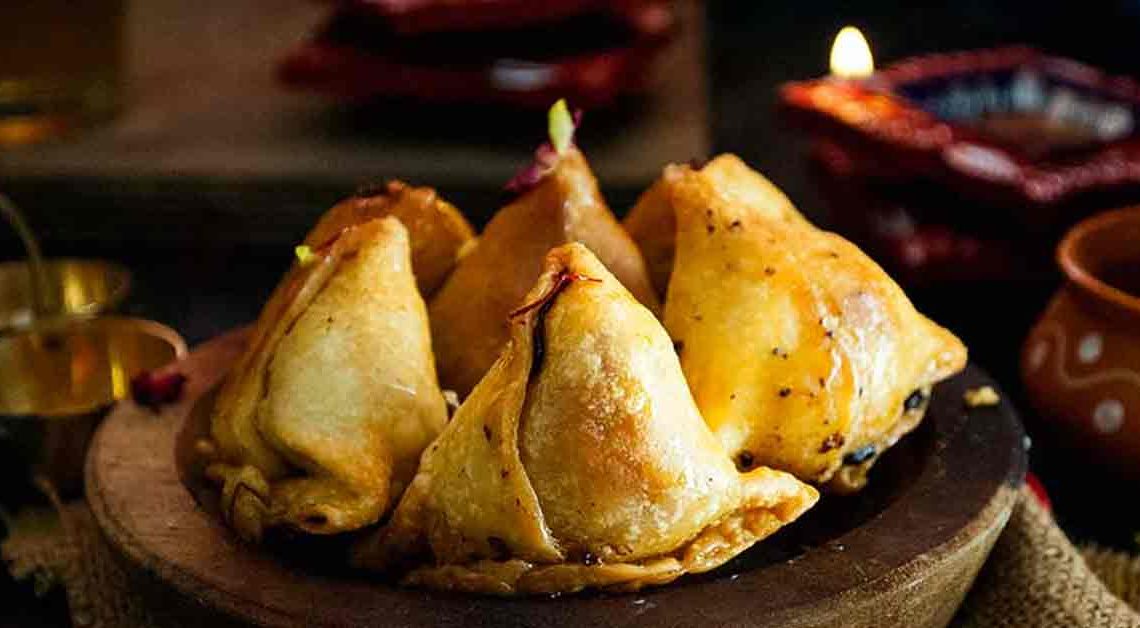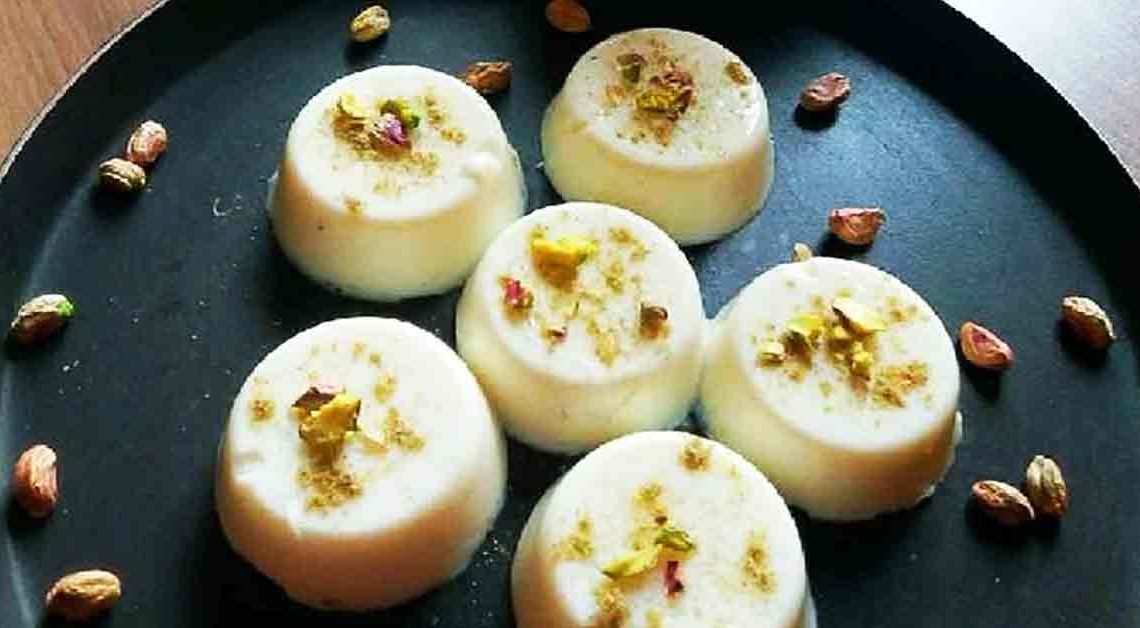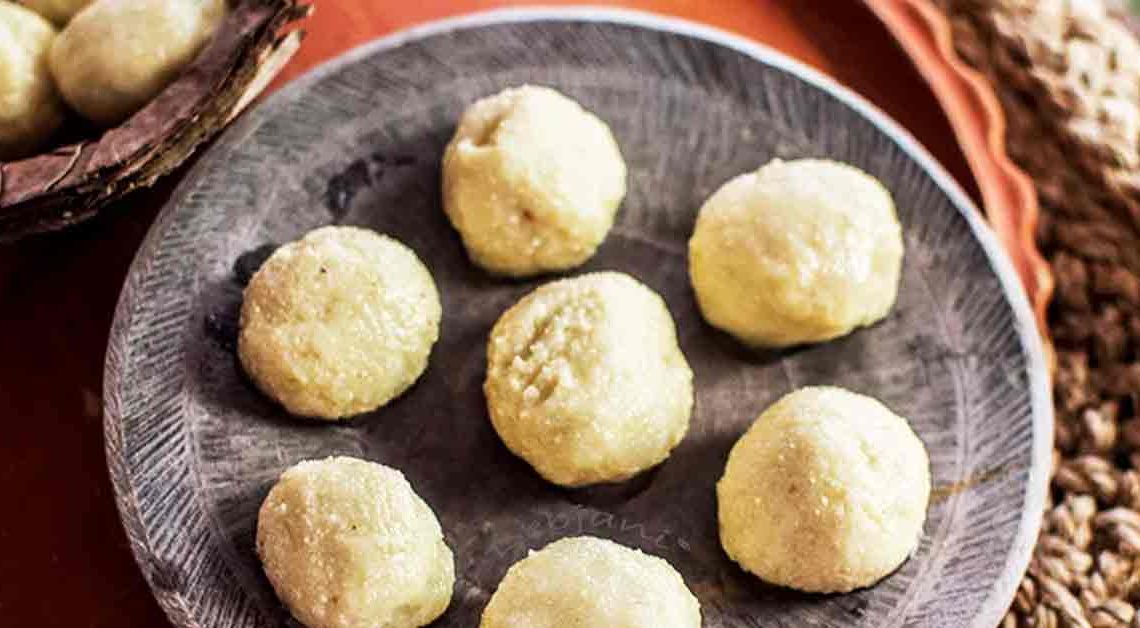Gajak: Your Sweet Tooth Friend’s in Winter

Welcome to Mithainama, where I explore the mouthwatering world of Gajak – a sweet and crunchy confectionery that is beloved in India, particularly in the northern regions of the country.
For those who haven’t had the pleasure of trying it, Gajak is a traditional Indian sweet made with a combination of roasted sesame seeds or peanuts, jaggery (a type of cane sugar), and sometimes even with a hint of cardamom or other spices. It’s the perfect combination of sweet, nutty, and crunchy that makes it hard to resist.
As a food lover and self-proclaimed Gajak enthusiast, I’m always on the lookout for new and exciting varieties of this delicious treat. From the classic til-gur gajak to the more modern chocolate-coated versions, I’ve tried them all.
Through this blog, I aim to share my love for Gajak and its diverse flavors and textures, along with its rich cultural history and the different ways it’s made across India. Whether you’re a die-hard fan or a first-time taster, I hope to take you on a journey of discovery and indulgence that will leave you craving more. So, come along and let’s explore the wonderful world of Gajak together!
Origin of Gajak
Gajak’s origin can be traced back to the Mughal era in India. The Mughals were known for their love of food and sweets, and gajak was one of the many sweet treats they enjoyed. It is believed that gajak was first made in the city of Morena in the state of Madhya Pradesh, which is known for its sesame seeds.
During the Mughal era, this sweet was made using jaggery or sugar and sesame seeds, which were roasted over an open flame to give them a smoky flavor. The mixture was then poured onto a flat surface and allowed to cool and harden. The resulting sweet was crunchy and delicious, with a rich, sweet flavor.
Over time, gajak became popular in other parts of India, and different variations of the sweet were created. Today, this sweet is made and enjoyed throughout the country, especially during festivals like Makar Sankranti, Lohri, and Holi.
History of Gajak
Gajak has a long and rich history in India, dating back to the Mughal era. During this time, this sweet was considered a luxury food item that was enjoyed by the royal court and wealthy elites. It was often served at elaborate feasts and celebrations and was considered a symbol of wealth and prosperity.
As the popularity of this sweet spread, it became more widely available and affordable, and it began to be enjoyed by people of all classes. In many parts of India, this sweet is now considered a traditional and beloved sweet that is associated with festivals and celebrations.
Today, This sweet is made in various flavors and styles, using different ingredients like peanuts, almonds, and other nuts. It is often enjoyed as a snack on its own or used as a topping for ice cream or other desserts. Despite its long history, continues to be a popular and beloved sweet in India, enjoyed by people of all ages and backgrounds.
Cultural Significance of Gajak
This sweet has a significant cultural significance in India, especially in the northern regions. It is often associated with festivals and celebrations and is considered a symbol of good luck and prosperity. During festivals like Makar Sankranti and Lohri, this sweet is often exchanged as a gift among friends and family members.
In addition to its cultural significance, this sweet is also known for its health benefits. Sesame seeds, which are the main ingredient in this sweet, are rich in nutrients like protein, fiber, and healthy fats. They are also a good source of calcium, iron, and magnesium, making this sweet nutritious, and energy-rich snack.
Where Gajak is Famous?
Although this sweet is popular throughout India, there are some places where it is particularly famous. One of the most well-known places for g is Morena in Madhya Pradesh, where it is believed to have originated. Morena is home to many Gajak makers, and visitors can sample the sweet treat at various shops and stalls throughout the city.
Another famous place for this sweet is Tilchiki in Maharashtra. Tilchiki is known for its til gul laddoos, which are similar to this sweet and are made with sesame seeds and jaggery. Visitors to Tilchiki can sample these sweets at various shops and stalls throughout the city.
Interesting Facts and Trivia Related to Gajak
- This sweet is often made with jaggery, which is a traditional Indian sweetener made from sugarcane juice. Jaggery is considered healthier than sugar because it is unrefined and contains more nutrients.
- In addition to sesame seeds, the sweet can also be made with peanuts, almonds, and other nuts.
- This sweet is often eaten with chai or coffee and is considered a perfect snack for winters.
- The sesame seeds used to make this sweet are often roasted over an open flame to give them a rich, smoky flavor.
- This sweet is a popular snack among travelers in India, especially those who are hiking or trekking. It is easy to carry and provides a quick burst of energy.
- In some parts of India, this sweet is also known as chikki or gachak.
- This sweet can be stored for several months, making it a popular sweet during festivals like Diwali and Raksha Bandhan.
- There are many different varieties of this sweet including til, gur, peanut, and dry fruit gajak.
- This sweet can be enjoyed as a snack on its own or used as a topping for ice cream or other desserts.







